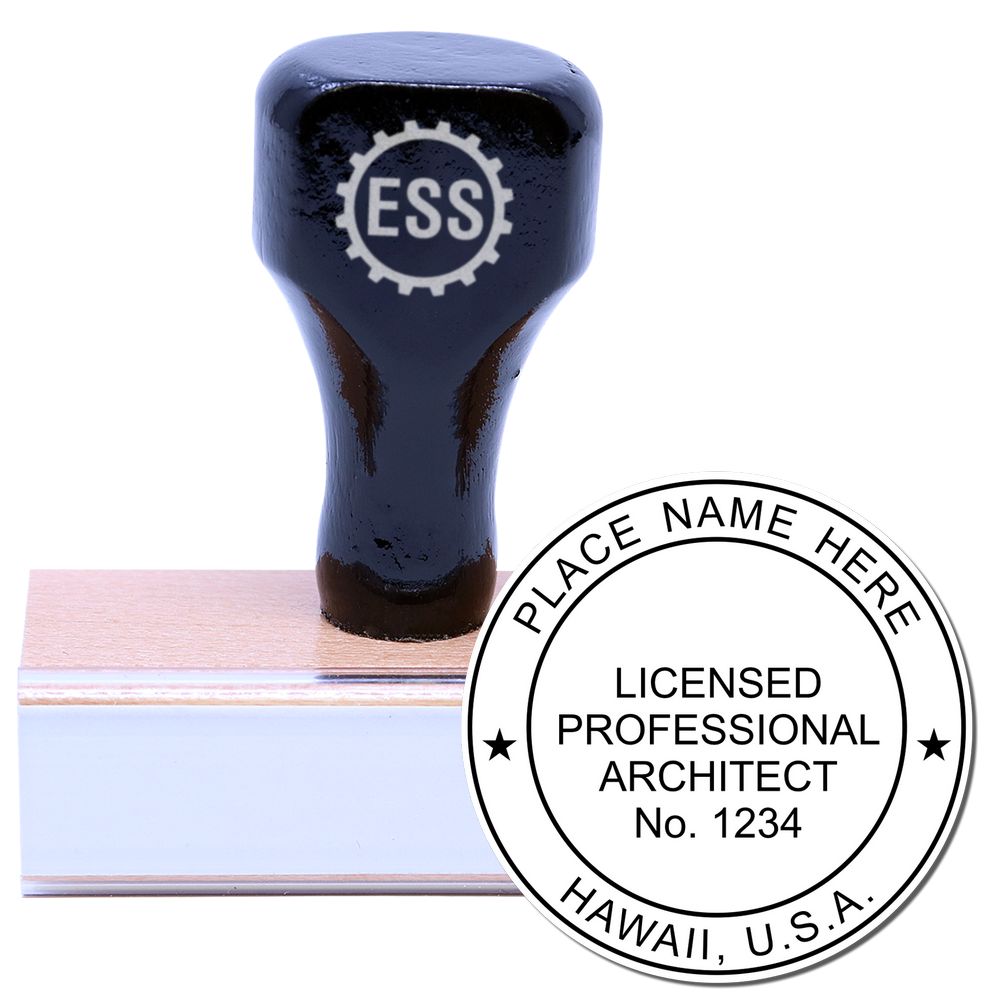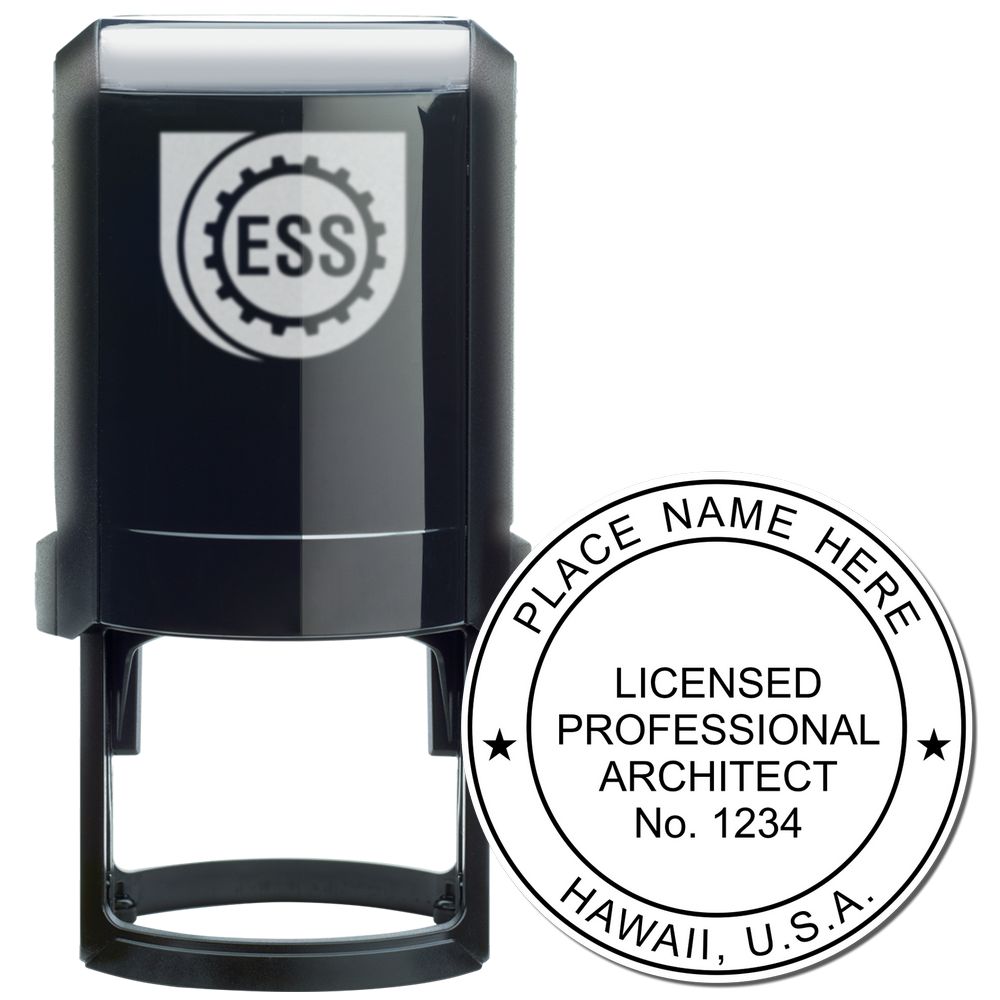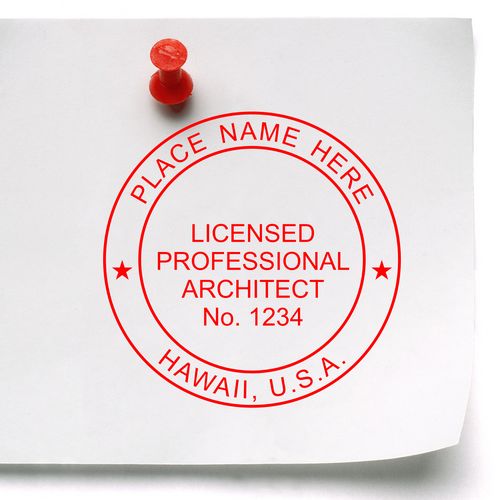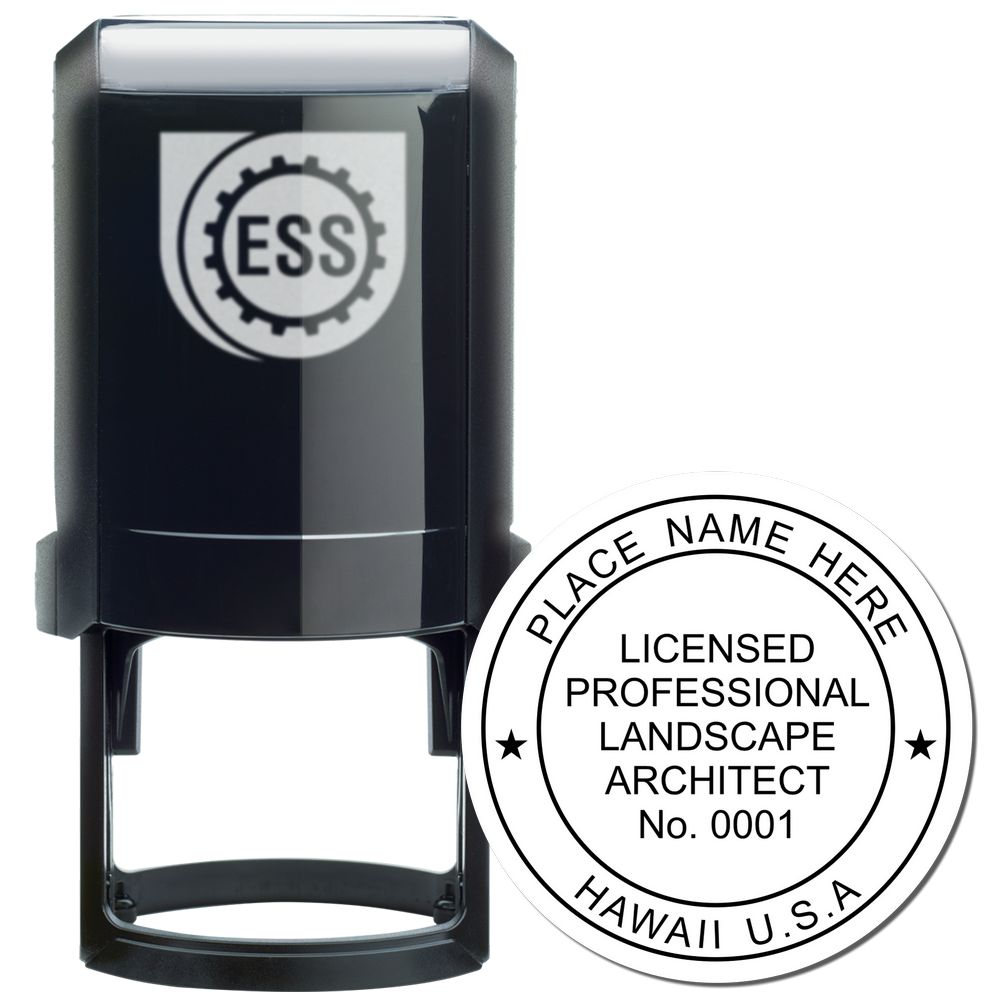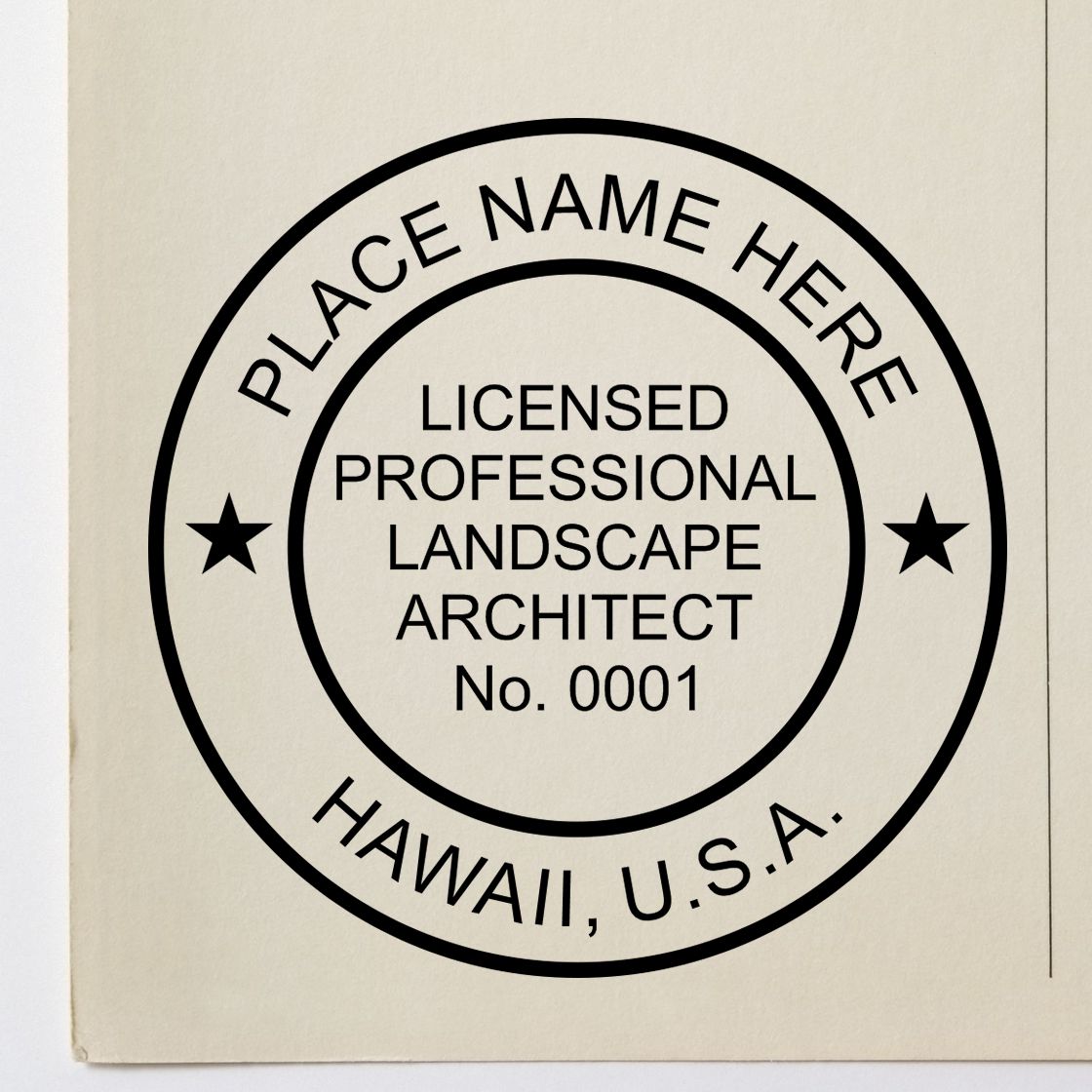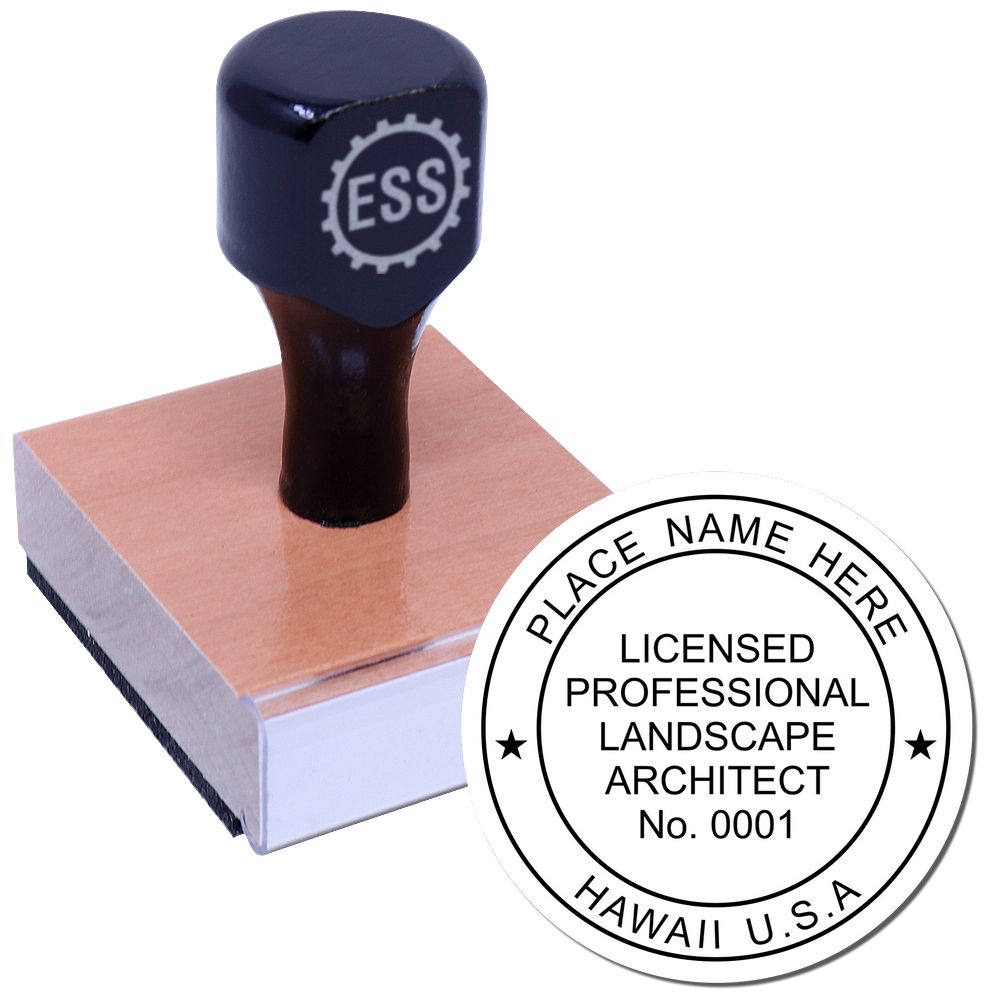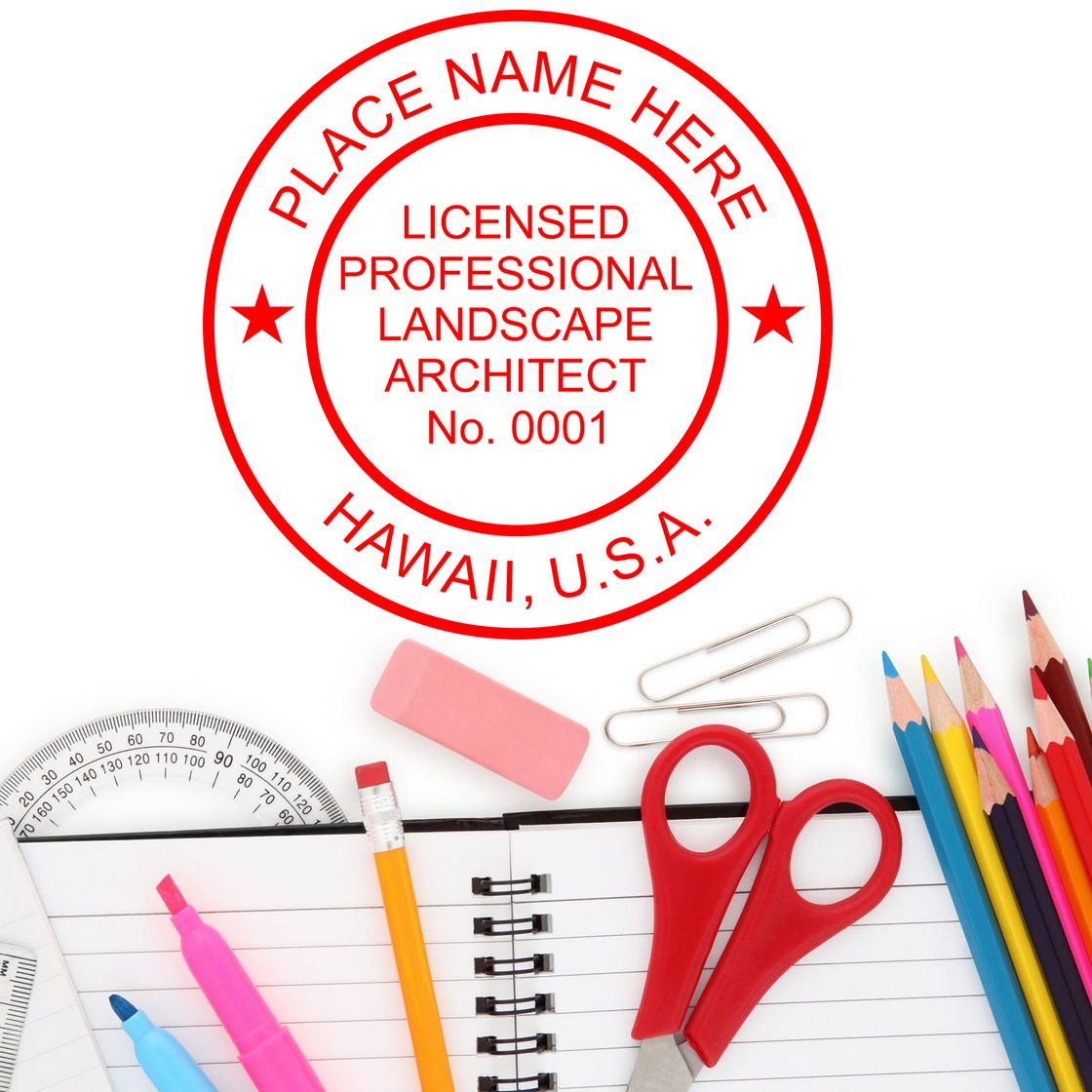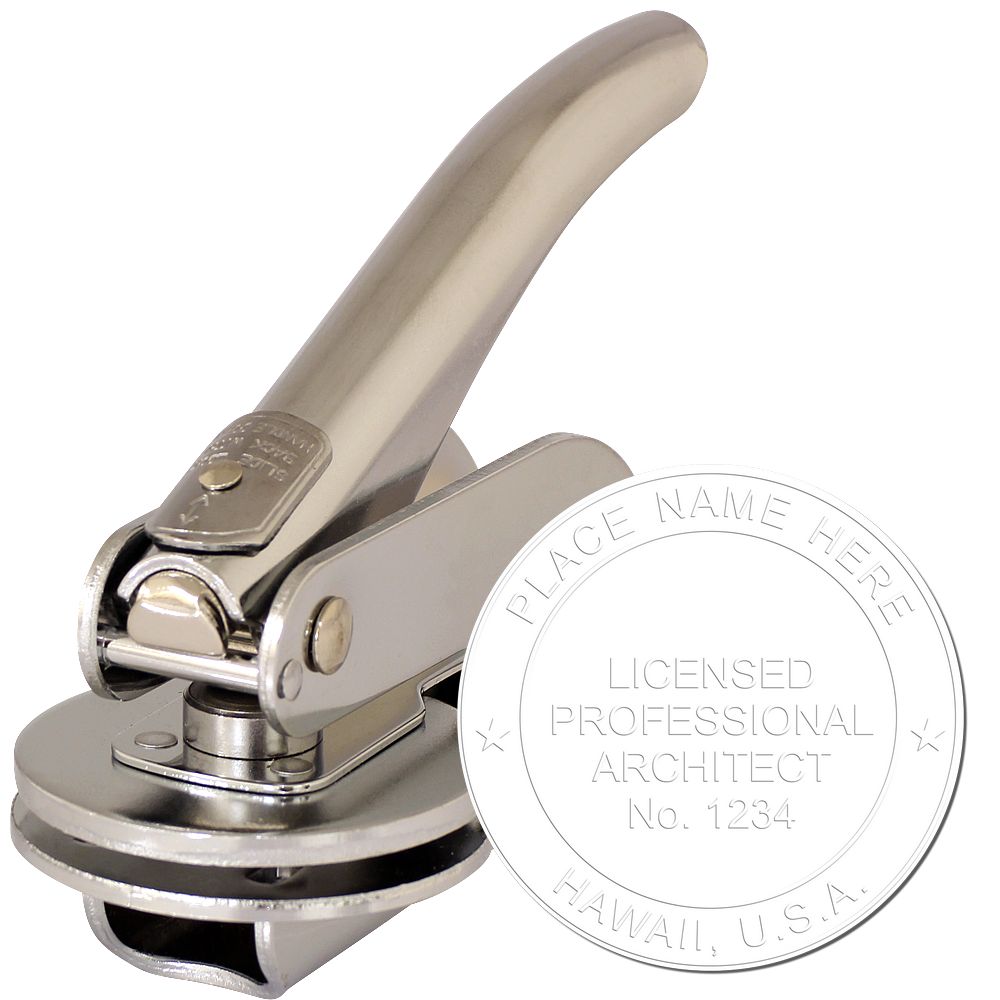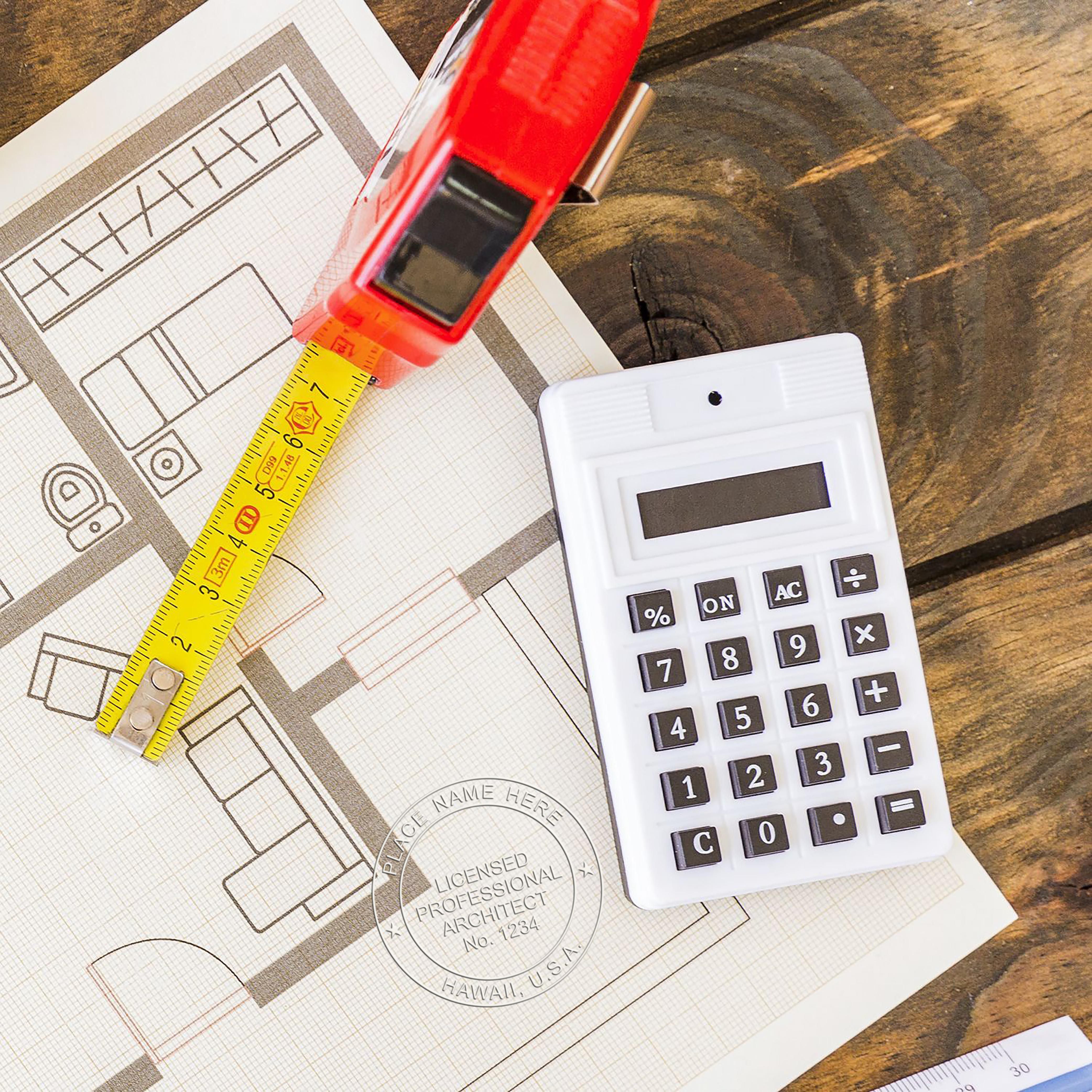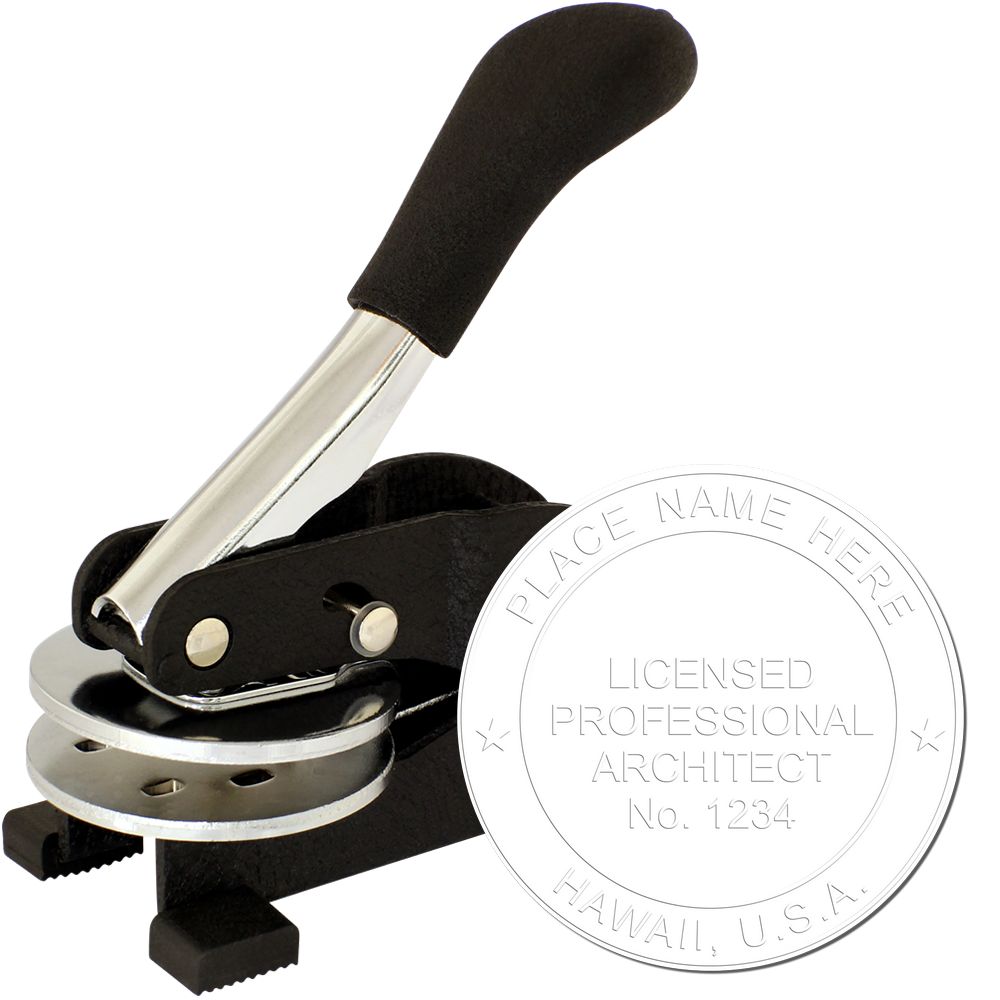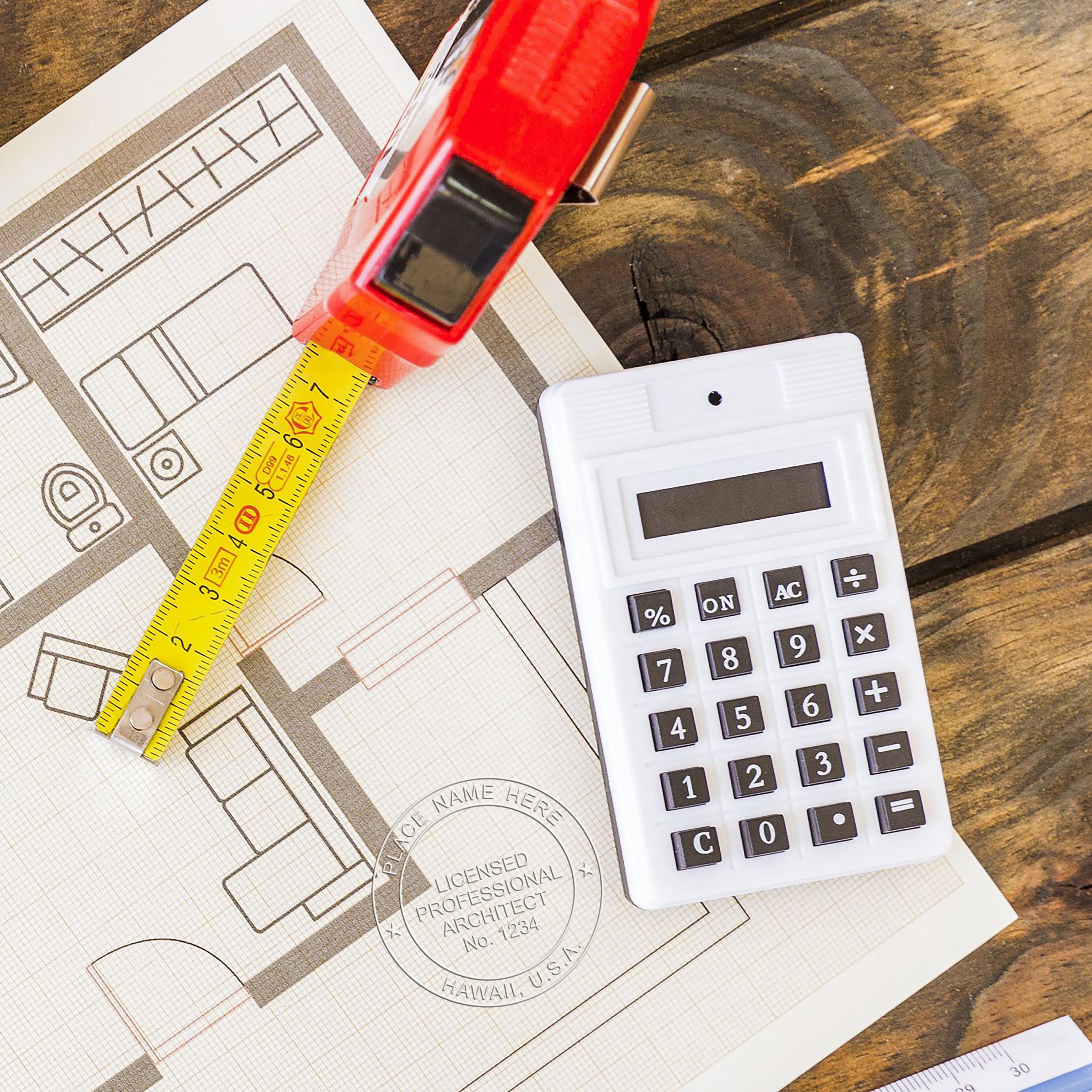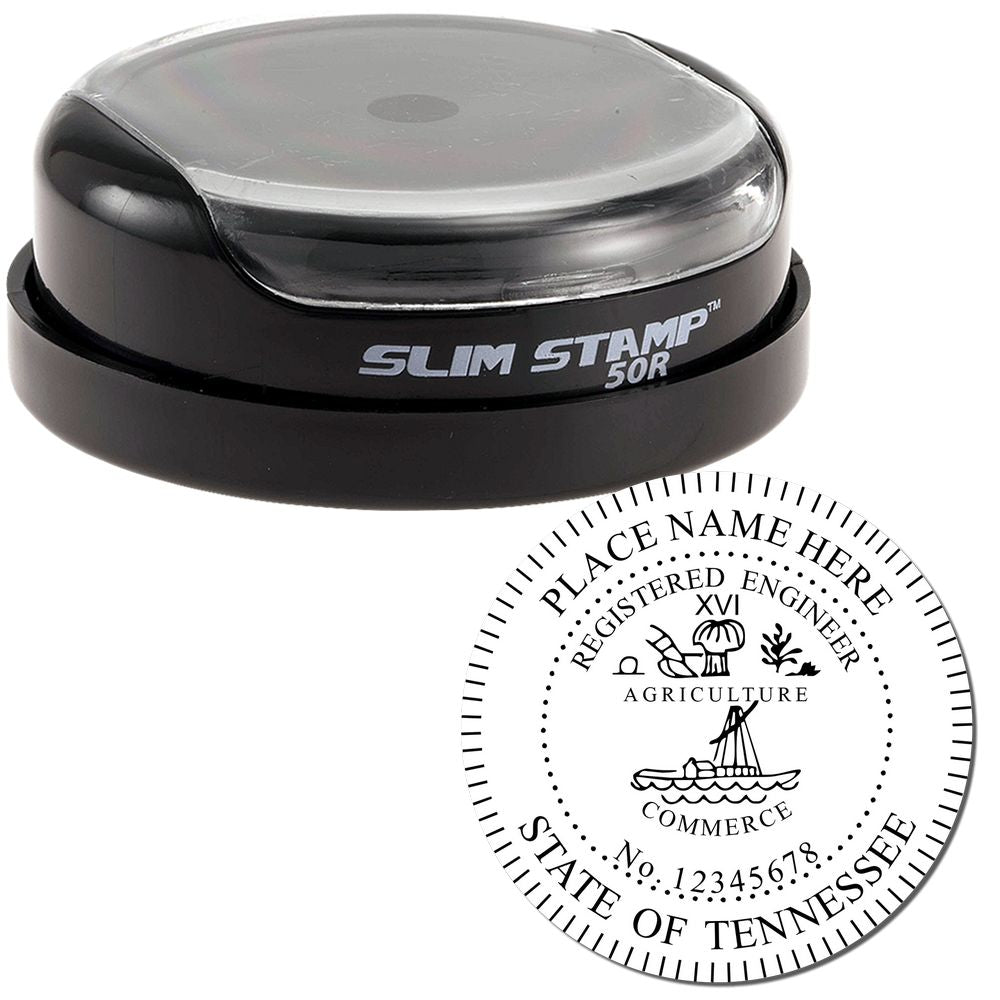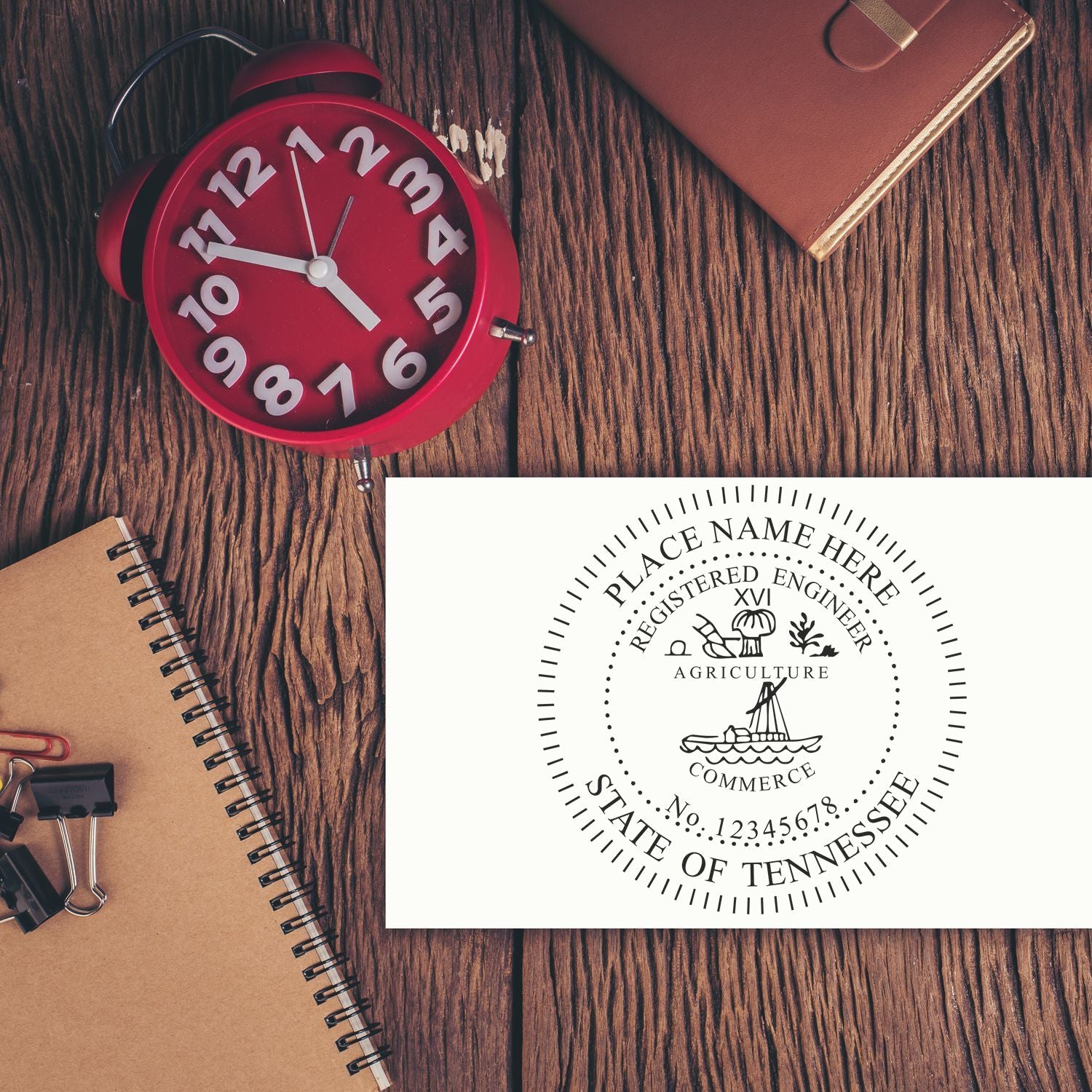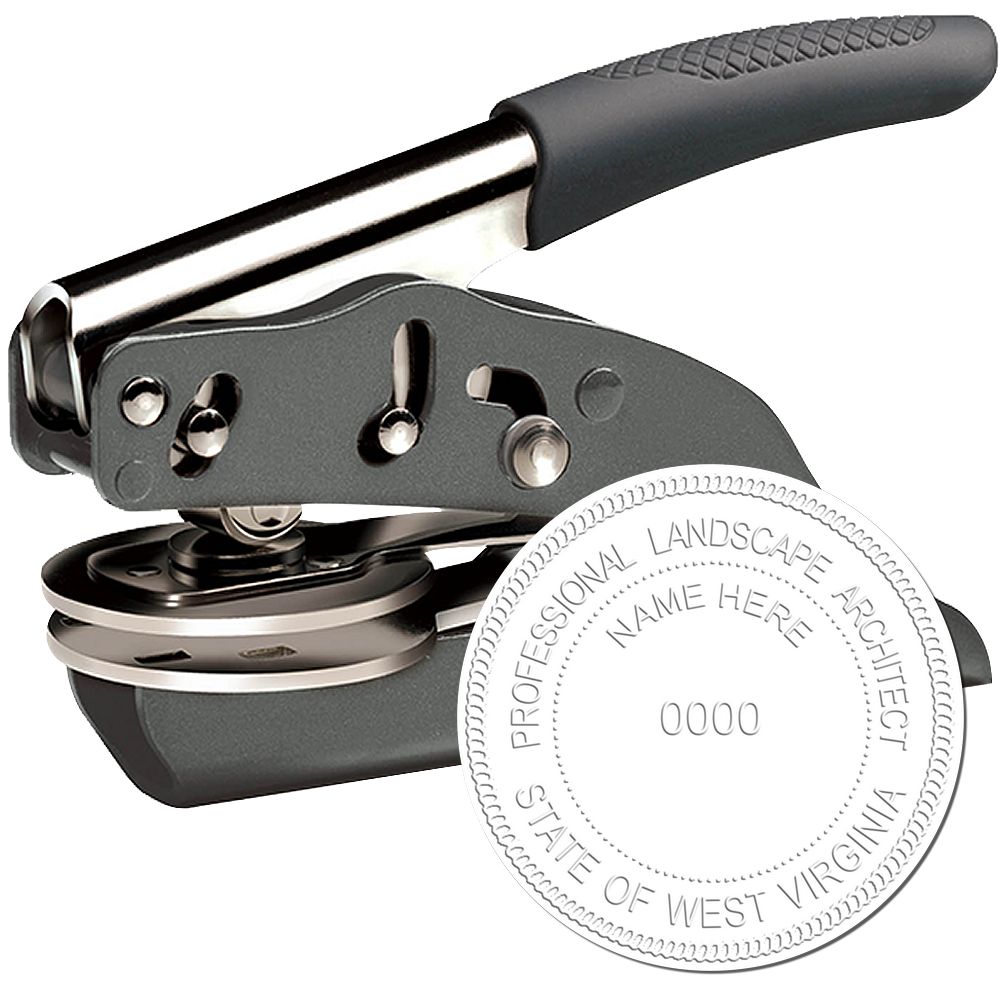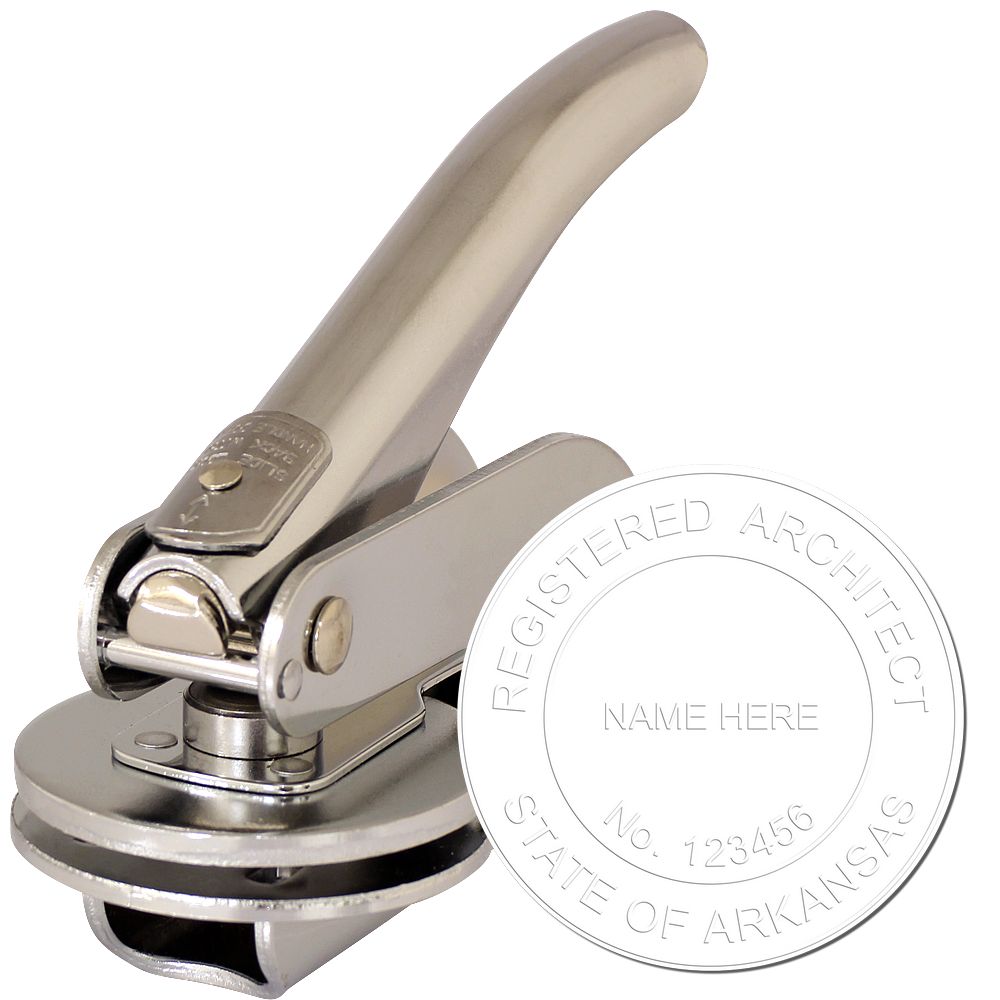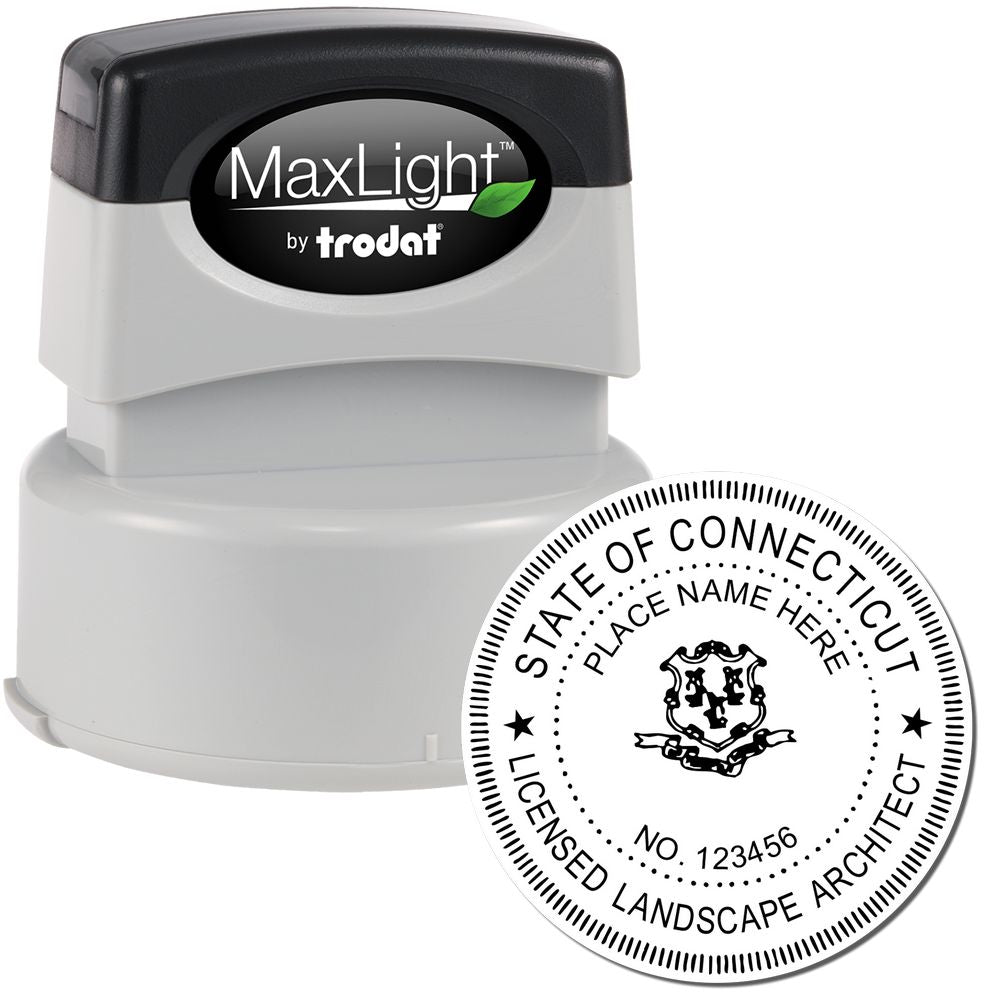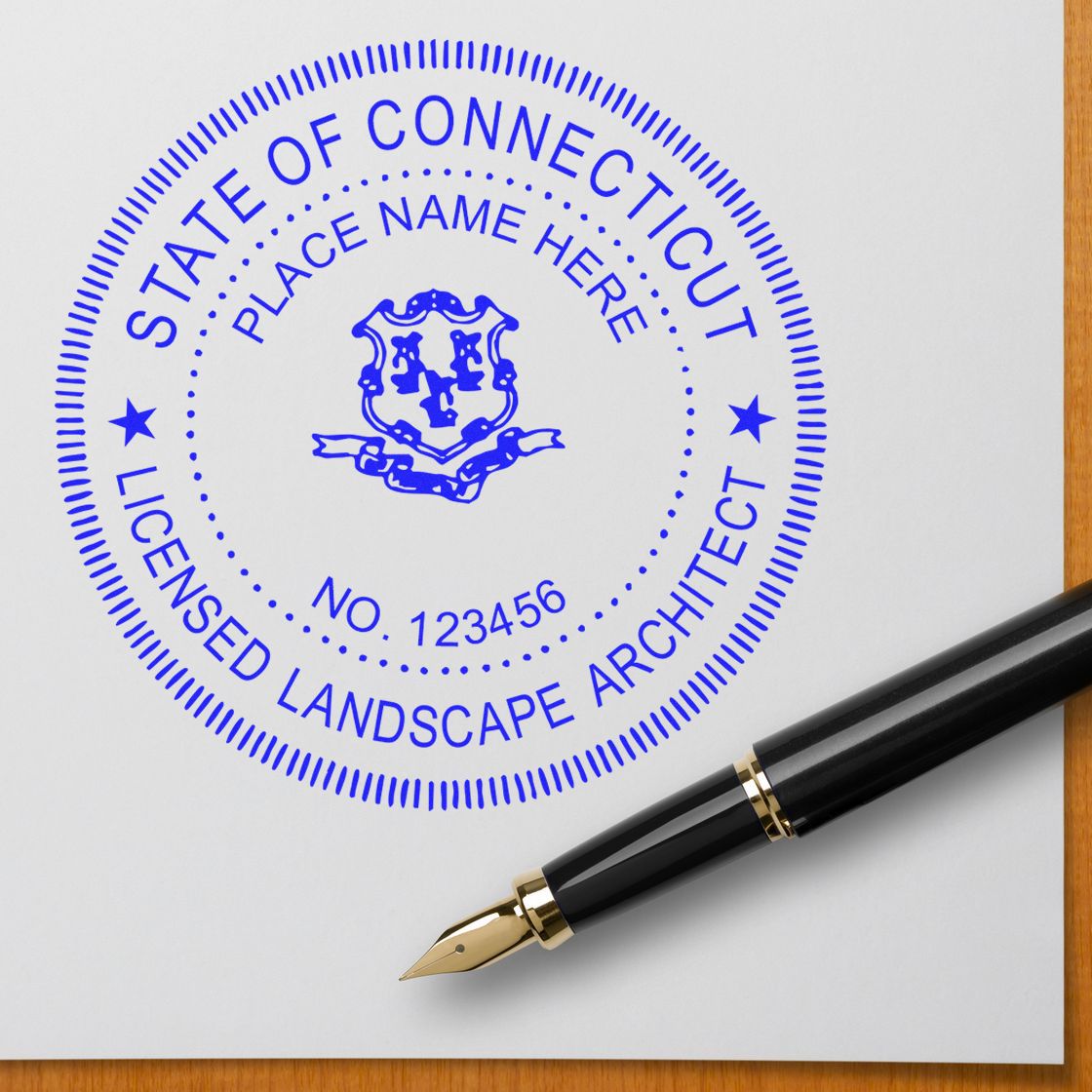Understanding the Hawaii Engineering Stamp Laws
When it comes to engineering projects in Hawaii, it is crucial to have a solid understanding of the Hawaii engineering stamp laws. These laws regulate the use of engineering stamps, also known as engineer seals or professional engineer (PE) stamps. In this section, we will explore the importance of engineering stamps and provide an overview of the Hawaii engineering stamp laws.
Importance of Engineering Stamps
Engineering stamps hold significant importance in the field of engineering. They serve as an official certification that the engineering work has been performed by a qualified professional and complies with the necessary standards and regulations. Engineering stamps provide confidence to clients, contractors, and regulatory authorities that the engineering design or document has been reviewed and approved by a licensed professional engineer.
The use of engineering stamps helps to ensure public safety, as it signifies that the engineering work has been executed with the required expertise and adherence to professional standards. It also helps to prevent unqualified individuals from engaging in engineering practices, protecting the integrity and reputation of the profession.
Overview of Hawaii Engineering Stamp Laws
In Hawaii, the engineering stamp laws are governed by the Hawaii Revised Statutes (HRS) and the rules and regulations of the Hawaii Board of Professional Engineers, Architects, Surveyors, and Landscape Architects (PEASLA Board). These laws outline the requirements for obtaining and using an engineering stamp, as well as the consequences of non-compliance.
To obtain an engineering stamp in Hawaii, individuals must meet specific educational, professional experience, and examination requirements. These requirements are outlined in detail in our article on Hawaii PE stamp requirements. It is essential to fulfill these requirements to ensure eligibility for practicing engineering in Hawaii and using an engineering stamp.
The regulations for using an engineering stamp in Hawaii include guidelines on the purpose and use of the stamp, design and placement requirements, and the responsibilities and liability of the professional engineer. These regulations are aimed at ensuring that the engineering stamp is used appropriately and that the engineer takes full responsibility for their work. For more information on the regulations for using an engineering stamp in Hawaii, refer to our article on Hawaii engineer stamp guidelines.
It is important to note that the Hawaii engineering stamp laws also encompass the renewal and recertification of engineering stamps. Professional engineers in Hawaii are required to fulfill continuing education requirements and adhere to specific renewal processes and deadlines. Additionally, recertification examinations may be required at certain intervals. For a comprehensive understanding of the renewal and recertification processes, visit our article on hawaii engineer seal requirements.
Non-compliance with the Hawaii engineering stamp laws can result in several consequences, including penalties and fines, disciplinary actions by the PEASLA Board, and potential legal ramifications and professional repercussions. It is crucial for engineers to adhere to these laws to maintain their professional standing and ensure the safety and integrity of their work. For more information on the consequences of violating the Hawaii engineering stamp laws, refer to our article on hawaii engineer stamp regulations.
By understanding the importance of engineering stamps and familiarizing oneself with the Hawaii engineering stamp laws, engineers can navigate the regulatory landscape with confidence and ensure compliance with the necessary requirements.
Requirements for Obtaining an Engineering Stamp in Hawaii
Before an engineer in Hawaii can obtain an engineering stamp, they must fulfill certain requirements. These requirements encompass educational, professional experience, and examination requirements.
Educational Requirements
To be eligible for an engineering stamp in Hawaii, individuals must possess a minimum educational background. Typically, this includes a bachelor's degree in engineering from an accredited institution. The degree should be in a field of engineering that is relevant to the type of work the engineer will be involved in.

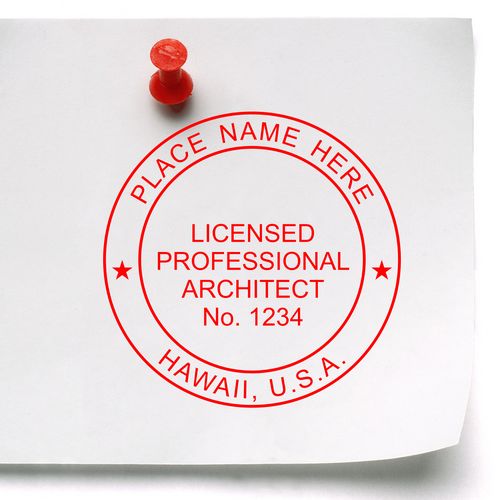
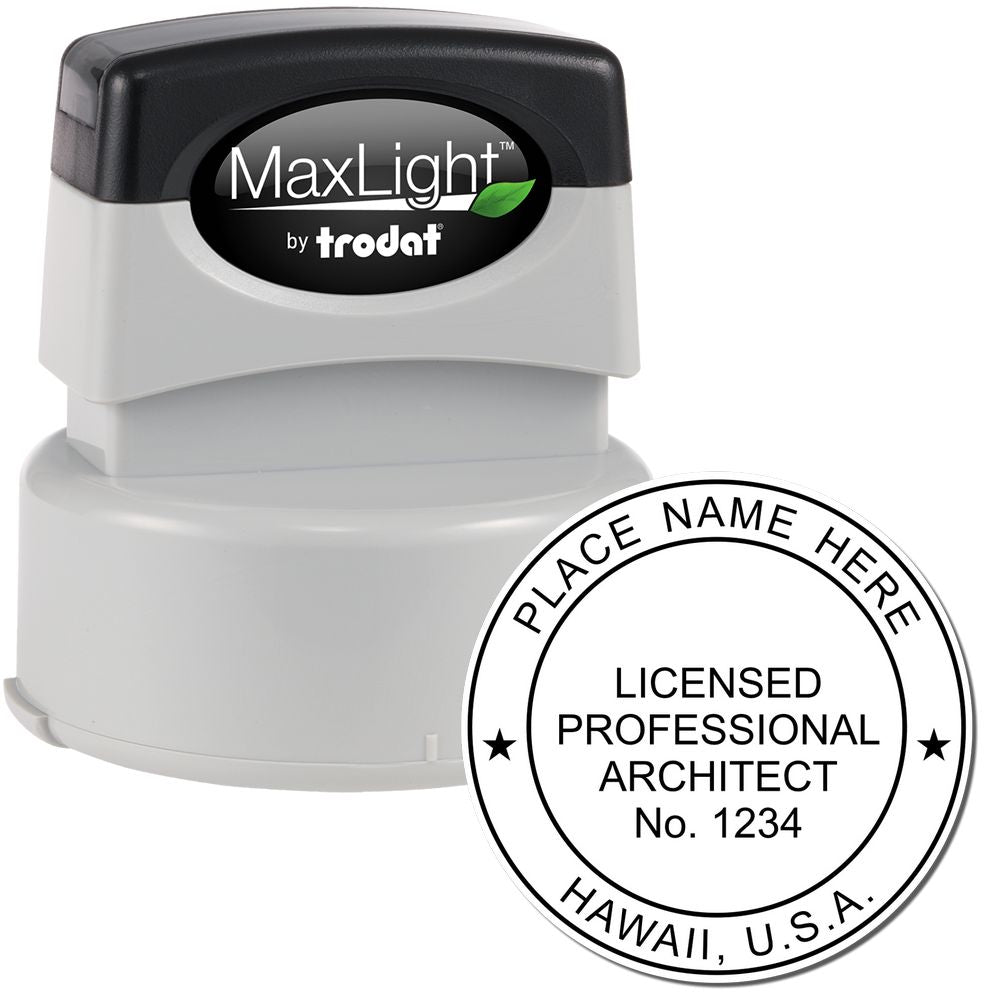
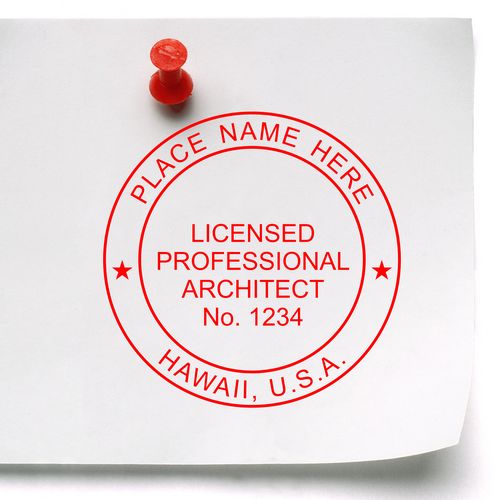
Professional Experience Requirements
In addition to the educational requirements, individuals seeking an engineering stamp in Hawaii must also fulfill professional experience requirements. The Hawaii Board of Professional Engineers requires a specific number of years of professional engineering experience under the supervision of a licensed professional engineer. The exact number of years can vary depending on the engineering discipline and the desired level of licensure.
Examination Requirements
Before obtaining an engineering stamp in Hawaii, engineers must successfully complete the required examinations. These examinations are designed to assess the engineer's knowledge, skills, and competency in their respective engineering discipline. The examinations may cover various topics, including engineering principles, ethics, and professional responsibility. It is important for engineers to prepare thoroughly for these examinations to ensure success.
The Hawaii engineering stamp is an important symbol of an engineer's professional competence and adherence to the state's engineering laws and regulations. By meeting the educational, professional experience, and examination requirements, engineers can demonstrate their qualifications and commitment to upholding the highest standards of the profession.
For more detailed information on Hawaii engineering stamp laws and regulations, visit our article on Hawaii engineer stamp regulations. Additionally, for specific guidelines on obtaining a professional engineering seal in Hawaii, refer to our article on Hawaii PE stamp requirements.
Regulations for Using an Engineering Stamp in Hawaii
To ensure the integrity and professionalism of engineering documents, it is important to adhere to the regulations governing the use of an engineering stamp in Hawaii. These regulations outline the purpose and use of the stamp, design and placement requirements, as well as the responsibilities and liability associated with its use.
Purpose and Use of the Stamp
The engineering stamp serves as a symbol of authenticity and accountability for professional engineers in Hawaii. It signifies that the engineering work has been reviewed, approved, and certified by a licensed engineer, providing assurance to clients, regulatory bodies, and the public.
The stamp is typically used on engineering documents, such as drawings, plans, specifications, reports, and calculations. By affixing the stamp, the engineer takes responsibility for the accuracy, completeness, and compliance of the work with applicable codes, standards, and regulations.
Design and Placement Requirements
The design of the engineering stamp in Hawaii must comply with the guidelines set forth by the state's engineering board. The stamp should include the engineer's name, license number, and the phrase "Professional Engineer" or "PE." The size and dimensions of the stamp may also be specified, ensuring its legibility on the documents.
In terms of placement, the stamp should be clearly visible and near the engineer's signature or seal. It should not obscure any important information or be easily removable or alterable. The engineering board may provide specific guidelines on the proper placement of the stamp based on the type of document.
For more detailed information on the specific design and placement requirements for an engineering stamp in Hawaii, consult our article on hawaii engineer stamp regulations.
Responsibilities and Liability
Using an engineering stamp in Hawaii comes with significant responsibilities and potential liability for the licensed engineer. By affixing the stamp, the engineer certifies that they have exercised professional judgment, adhered to ethical standards, and complied with all applicable laws and regulations.
The engineer is responsible for the accuracy and completeness of the engineering work and must ensure that it meets the required standards and codes. Any errors, omissions, or violations could result in serious consequences, including legal and professional repercussions.
It is essential for engineers to maintain their competence, stay updated with industry advancements, and exercise due diligence in their work to minimize the risk of errors and protect the public's safety and welfare.

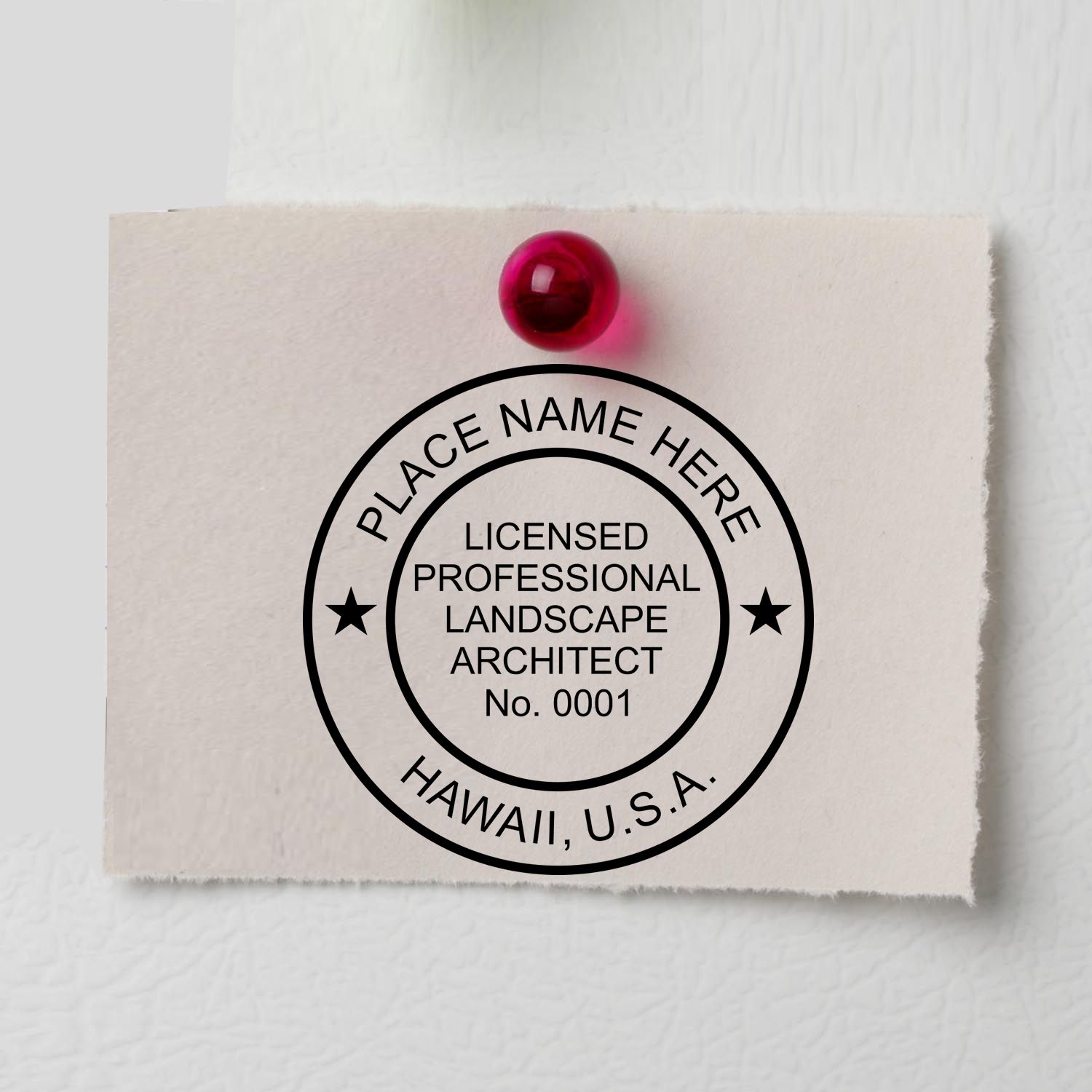
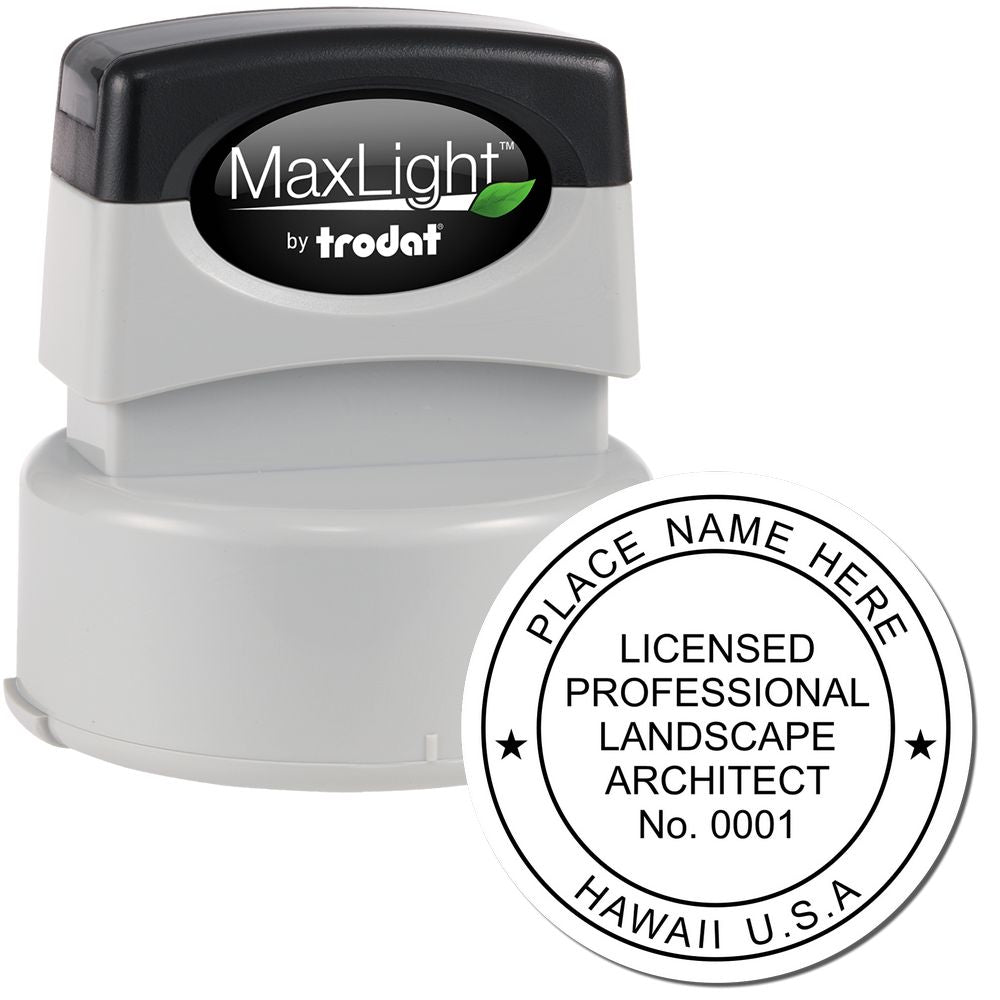
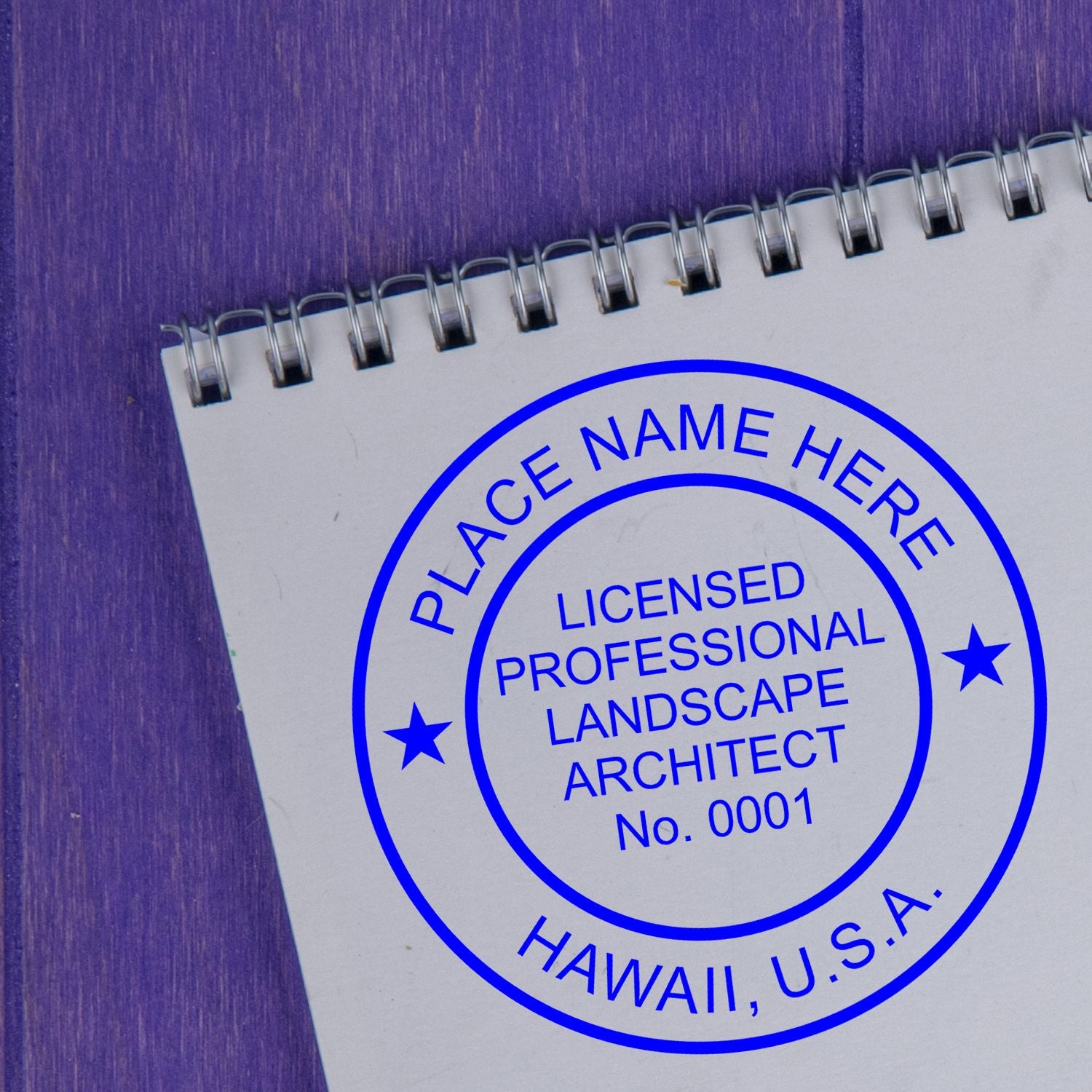
For a comprehensive understanding of the responsibilities and liability associated with using an engineering stamp in Hawaii, refer to our article on hawaii engineer stamp guidelines.
Adhering to the regulations governing the use of an engineering stamp ensures the professionalism and credibility of engineering work in Hawaii. By understanding the purpose and use of the stamp, complying with design and placement requirements, and fulfilling responsibilities and liability, engineers can maintain the highest standards of integrity and excellence in their practice.
Renewal and Recertification of Engineering Stamps in Hawaii
Once an engineer in Hawaii has obtained their engineering stamp, it is important to stay current and comply with the state's regulations for renewal and recertification. This section will outline the continuing education requirements, renewal process and deadlines, and recertification examinations that engineers need to be aware of.
Continuing Education Requirements
To ensure that engineers in Hawaii stay up-to-date with the latest advancements in their field, the Hawaii Engineering Board requires professionals to fulfill continuing education requirements. These requirements aim to enhance the knowledge and skills of engineers, promoting their professional development.
Engineers in Hawaii must complete a certain number of continuing education credits within a specified time period. The exact number of credits and the duration of the reporting period may vary depending on the engineer's specific discipline and license type. It is vital for engineers to familiarize themselves with the specific requirements and guidelines set by the Hawaii Engineering Board. Our article on Hawaii engineer stamp regulations provides further details on this topic.
Renewal Process and Deadlines
To maintain an active engineering stamp in Hawaii, engineers must go through the renewal process before the expiration date of their current stamp. The renewal process typically involves submitting an application, paying the required fees, and providing any necessary documentation, such as proof of continuing education completion.
It is crucial for engineers to be aware of the renewal deadlines set by the Hawaii Engineering Board. Missing the renewal deadline can result in the engineer's stamp becoming inactive, potentially causing delays or complications in their professional practice. Engineers should review the specific renewal process and deadlines outlined by the board to ensure compliance. For more information on the requirements for obtaining an engineering stamp in Hawaii, refer to our article on Hawaii PE stamp requirements.
Recertification Examinations
In some cases, engineers in Hawaii may be required to undergo recertification examinations to maintain their engineering stamp. These examinations are designed to assess an engineer's knowledge and competency in their field. The Hawaii Engineering Board may periodically require engineers to sit for these examinations to ensure that they are continually updating their skills and staying current with industry standards.
Engineers should stay informed about the recertification examination requirements set by the Hawaii Engineering Board. Understanding when and how these examinations are administered is essential for maintaining an active engineering stamp. Visit our article on Hawaii engineer seal requirements for more details on this topic.
By staying informed about the renewal and recertification requirements for engineering stamps in Hawaii, engineers can ensure that they are in compliance with the state's regulations. Adhering to these requirements helps to maintain the integrity of the engineering profession and ensures that engineers are equipped with the latest knowledge and skills to serve the public effectively.
Consequences of Violating Hawaii Engineering Stamp Laws
In Hawaii, it is essential for engineers to adhere to the state's engineering stamp laws to maintain the integrity of the profession and protect public safety. Failure to comply with these laws can result in serious consequences. This section will explore the potential penalties and fines, disciplinary actions by the Engineering Board, and legal ramifications and professional repercussions associated with violating Hawaii's engineering stamp laws.
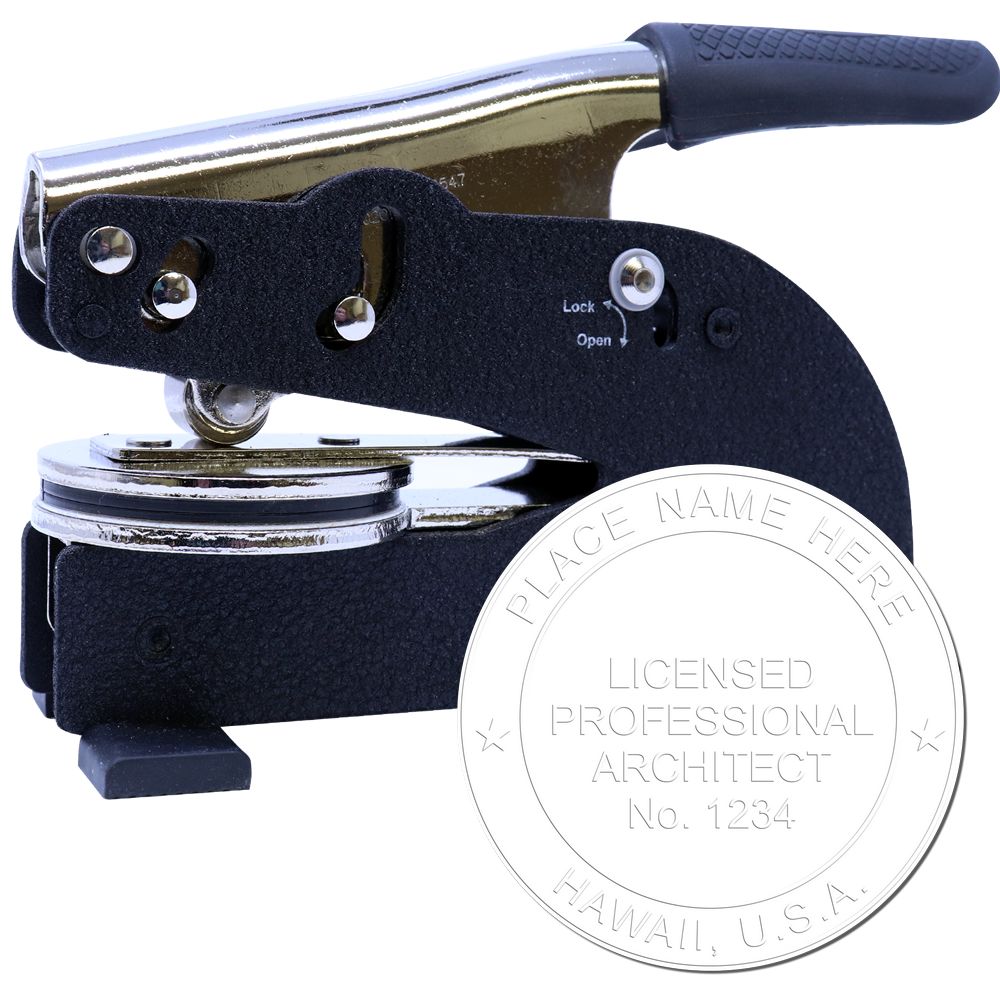

Penalties and Fines
Violating Hawaii's engineering stamp laws can lead to significant penalties and fines. The exact amount of the penalties may vary depending on the severity of the violation and the circumstances surrounding it. Engineers found to be in violation may face fines ranging from hundreds to thousands of dollars. It is crucial to understand and follow the rules and regulations to avoid such penalties.
Disciplinary Actions by the Engineering Board
The Hawaii Engineering Board has the authority to take disciplinary actions against engineers who violate the state's engineering stamp laws. These disciplinary actions may include:
- License Suspension: The board may suspend an engineer's license for a specific period, during which the engineer is prohibited from practicing engineering in Hawaii.
- License Revocation: In severe cases, the board may revoke an engineer's license, permanently barring them from practicing engineering in the state.
- Probation: The board may impose probationary conditions on an engineer's license, requiring them to fulfill specific requirements or restrictions.
- Reprimand: Engineers may receive an official reprimand from the board, which serves as a formal warning for the violation.
Legal Ramifications and Professional Repercussions
Violating Hawaii's engineering stamp laws can have legal ramifications and significant professional repercussions. Engineers may face civil lawsuits from clients or third parties affected by their non-compliance. In such cases, engineers may be held liable for any damages caused by their actions or negligence.
Moreover, the professional reputation of an engineer who violates the stamp laws may be adversely affected. This can lead to a loss of trust from clients, colleagues, and employers, impacting future job prospects and professional opportunities.
To avoid these consequences, it is crucial for engineers to familiarize themselves with the Hawaii engineer stamp regulations and adhere to the Hawaii PE stamp requirements. By following the guidelines and using the engineering stamp as required, engineers can ensure compliance with the state's laws and maintain their professional standing. For more information on obtaining a professional engineering seal in Hawaii, refer to our article on Hawaii professional engineering seal.
Understanding the potential penalties, disciplinary actions, and professional repercussions associated with violating Hawaii's engineering stamp laws is vital for engineers practicing in the state. By upholding the highest standards of professional conduct and following the guidelines set forth by the Hawaii Engineering Board, engineers can protect their careers and contribute to the safety and integrity of their profession.
About ESS
ESS is a leading manufacturer in the industry specializing in top-notch custom rubber stamps, professional seals and notary stamps. Our team of experts has hands-on experience in manufacturing premium-quality products that have consistently met the high standards of our customers. Our primary goal is to provide the best customer experience by rendering stellar customer service, timely delivery, and meeting every specific requirement of our clients.
We take pride in the durability and long-lasting performance of our products which are backed by a state-board guarantee, ensuring that our clients can rely on our products with complete peace of mind. We also offer a quick turnaround on all our products, ensuring that our clients receive their orders promptly. At ESS, we understand the importance of standing out amongst the competition and showcasing professionalism. That's why we don't compromise on the quality of our products. We use the latest technologies and manufacturing techniques to develop products that are durable and long-lasting. With over 50 years of experience in the industry and a team of experienced and qualified professionals, ESS has set a benchmark in the market for providing premium-quality custom rubber stamps, professional seals and notary stamps. We are committed to maintaining our standard and continuously strive to raise the bar.


